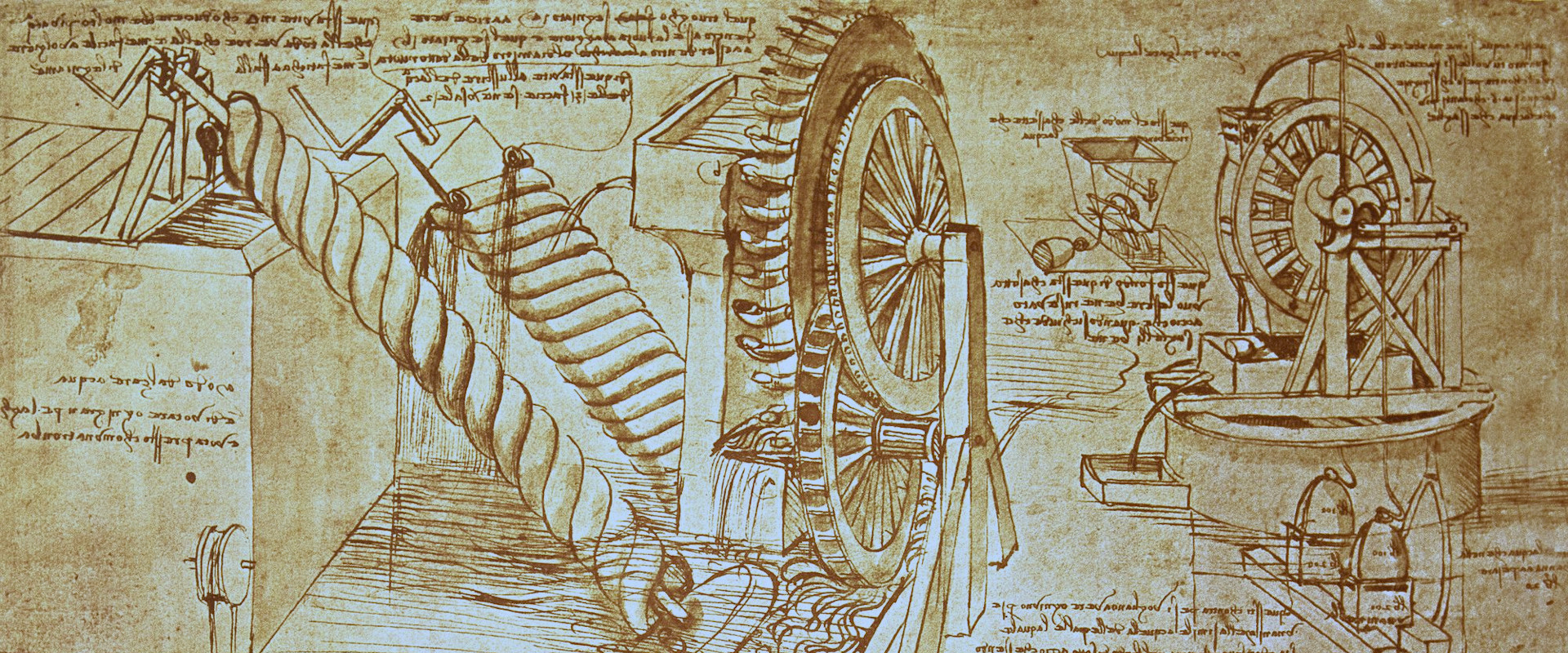Applied Semiotics
Fabricating durable semiotic artifacts is generally expensive in time, talent and material. End use semiotic artifacts are subject to wear and damage and must be periodically infused with Will to maintain their effectiveness. All this creates huge expenses. A new strategy has begun to emerge where artificers focus instead on producing semiotic tools to create superior mundane materials and components.
An example of this trend is in arms and armor manufacture. Only the very wealthy can afford to have semiotic arms or armor, but a few well equipped elites do not win battles and outfitting an entire army in such kit is impossible. But what is possible is the production of semiotic tools and equipment for mining, smelting, blacksmiths, bowyers, fletchers, tanners and other professions in the arms industry.
In the case of metallurgy, semiotically enhanced equipment is capable of withstanding higher temperatures and have much finer temperature control. Some crucibles possess semiotic sensors that indicate when the proper proportions of alloys and the correct temperatures have been reached. The metals produced are of much higher quality than those made with standard equipment and the return on investment over the long run in terms of initial cost and maintenance is much higher.
Semiotically enhanced hammers and other blacksmithing tools are denser and tougher and so are more efficient and more durable. When arms are produced from metals created with semiotic equipment, the quality and applications multiply. The tolerances to various stresses improves. In some cases, ‘mundane’ weapons made by this process are even superior in quality to semiotically enhanced weapons with no requirement of regular Will infusion to maintain their qualities.
Key semiotic components of complex machinery are also being developed such as water mills with semiotically enhanced components. Millstones are imbued with hardening enchantments to prevent wear and stone dust in the meal produced. Wooden gears and shafts worked with enchantments of strength and reduced friction work more efficiently. The end result is a greater abundance of higher quality flour and equipment that needs less replacement or maintenance. The investment in these expensive components is returned quickly.
The hakanu are believed to have made many of these insights much earlier, accounting for the uncanny quality of their various artifacts. Yet in most of Torvalen this new field of semiotic engineering is still in its infancy and most semioticians are hidebound in their methods and applications.



Comments